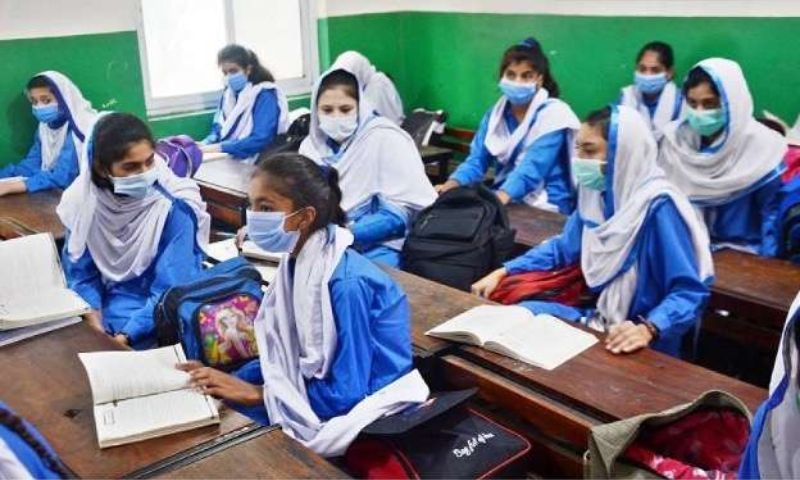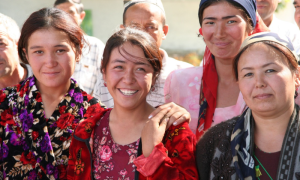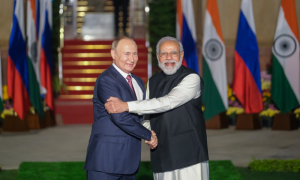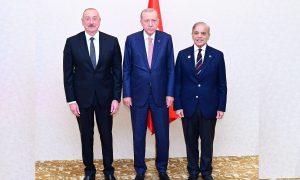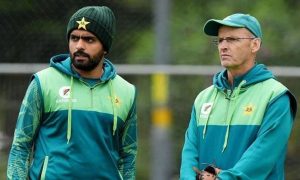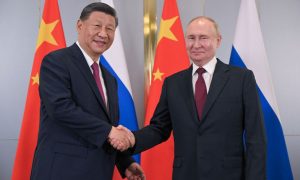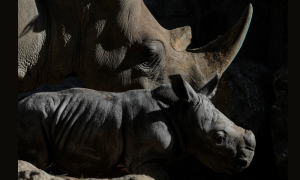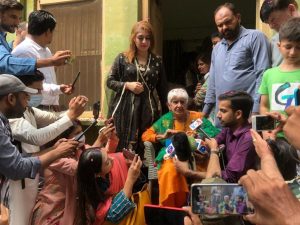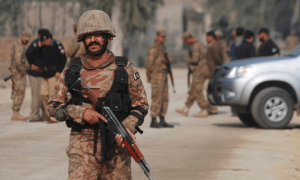Maryam Noureen Janjua
Pakistan’s education system has faced numerous challenges, including inadequate funding, outdated curricula, and insufficient infrastructure. Pakistan has one of the lowest enrollment rates in the world, with over 26 million children out of school. Furthermore, Gender inequality is a significant issue, with girls being more likely to be out of school than boys. The quality of education is substandard, with inadequate teaching resources and poor infrastructure. Education is underfunded, with a mere 1.7% of the GDP allocated to education.
The plight of education has been a least priority for the ruling elite of Pakistan. A sad but true reality. The ruling elite of Pakistan have historically neglected the education sector, prioritizing short-term political gains and personal interests over long-term investments in human capital. Successive governments have failed to implement meaningful education reforms, often due to competing interests and priorities. The elite has prioritized private, high-quality education for their own children while neglecting the state-run education system. The consequences of neglecting education are far-reaching and have hindered Pakistan’s socio-economic development. It’s essential for the ruling elite to recognize the significance of education and prioritize it as a national imperative.
There is an earnest desire in Pakistani society to reform its generations through education. As per the data available, The GER for primary education in Pakistan is approximately 91%. This indicates that a significant majority of children are enrolled in primary schools. The GER for secondary education is around 47%, showing a drop-off in enrollment as student progress beyond primary levels. The GER for tertiary education (universities and colleges) is much lower, estimated to be around 10%. This reflects limited access to higher education opportunities compared to primary and secondary levels.
Education has long been recognized as a cornerstone of societal development, and in Pakistan, the realm of higher education stands poised for transformation. As the country navigates through the challenges of the 21st century, the imperative to reform its educational landscape has never been more urgent. Pakistan faces multifaceted challenges in its higher education sector. These include inadequate funding, outdated curricula, a shortage of qualified faculty, limited access to quality education in rural areas, and an overemphasis on rote learning rather than critical thinking and practical skills. These issues have contributed to a system that often struggles to produce graduates equipped for the demands of a rapidly evolving global economy.
Furthermore, Higher Education has been gender exclusive. In the realm of higher education in Pakistan, a glaring disparity persists: the neglect of women. Despite strides made in educational reform, gender inequality remains a pervasive issue, limiting the potential and opportunities of half the population. Access to higher education for women in Pakistan is marred by numerous barriers. Cultural and societal norms often prioritize male education, leading to disparities in enrollment rates. Economic constraints, particularly in rural areas, further restrict access for women who may be discouraged from pursuing higher education due to financial constraints or familial obligations.
Socio-cultural norms and expectations often dictate traditional roles for women, discouraging them from pursuing careers or higher education. Family pressures, early marriages, and limited mobility further impede women’s ability to access and succeed in higher education. Moreover, concerns over safety and security in public spaces may deter families from allowing their daughters to travel to distant educational institutions.
The neglect of women in higher education has far-reaching consequences for both individuals and society at large. It perpetuates cycles of poverty and inequality, limiting economic opportunities for women and hindering national development. A lack of diverse perspectives in academia and leadership roles also stifles innovation and progress, depriving society of the full potential contributions of women to various fields. While efforts have been made to improve gender parity, significant gaps persist, particularly in rural areas and at higher education levels.
While Pakistan has made strides in expanding access to education, significant challenges remain in ensuring equitable access, improving educational quality, and addressing gender disparities. By prioritizing inclusive reform efforts that address barriers to access, enhance educational quality, and promote gender equality, Pakistan can unlock the potential of its female population as catalysts for change and progress. Empowering women through education not only benefits individuals and families but also strengthens the fabric of society, ensuring a more equitable and prosperous future for all.









